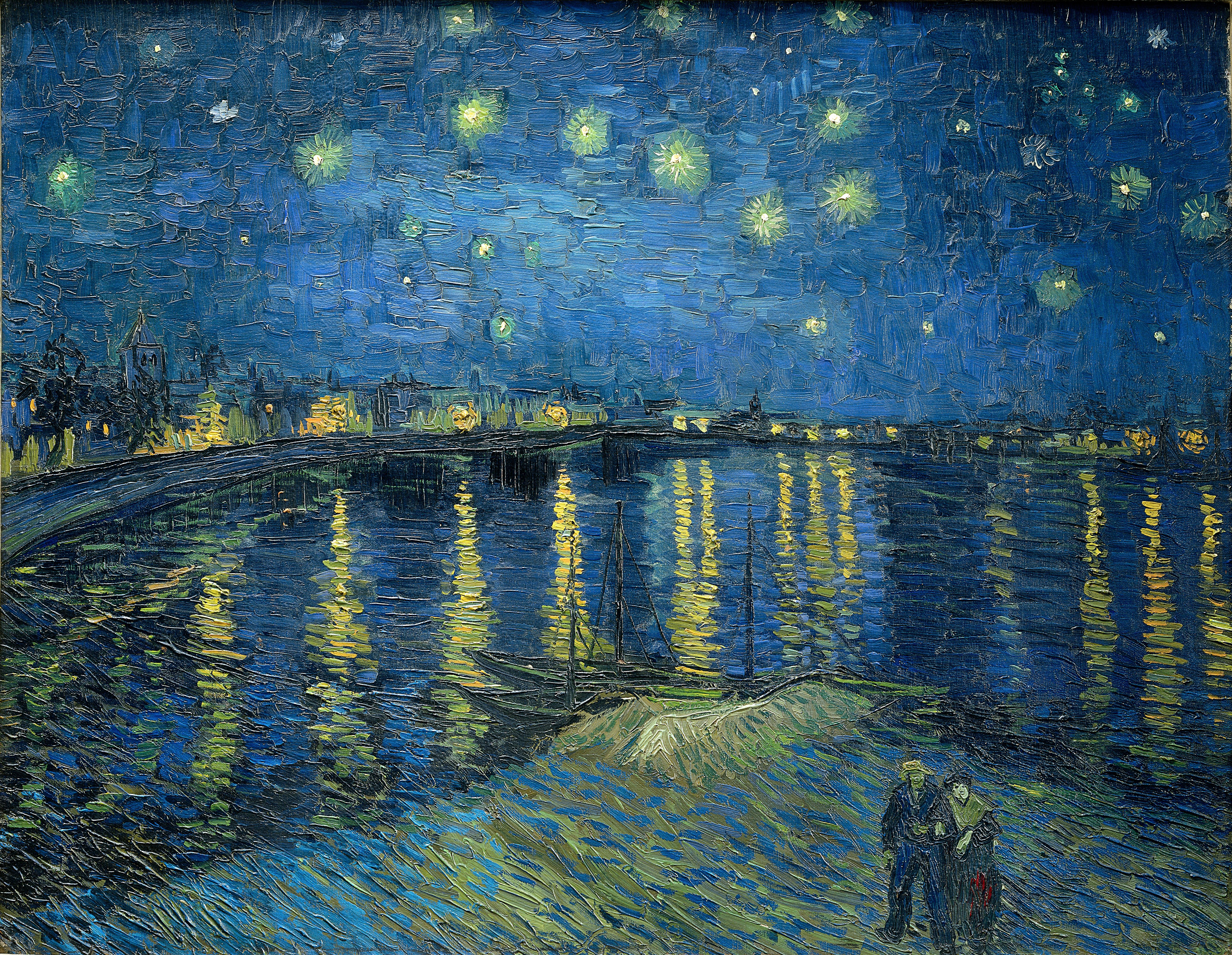Each week I work with first-year grad students Marta and Becky on "order of magnitude" problems at the blackboard. I put that in quotes because we tend to do many more scaling arguments than true OoM. The idea is for them to draw on what they've picked up in class and apply it to common problems that arrise in astronomy.
Several weeks ago we asked
Suppose you have a magnitude-limited survey such that all stars have magnitudes $m < m_{\rm max}$. What will be the most common type (mass) of star in your survey?
This question is pretty much the same as "What types of stars visible in the night sky are most numerous?" This type of problem was first addressed by Swedish astronomer Gunnar Malmquist back in the 20's, which led to what we now refer to as the Malmquist Bias.
Initially, one might thing: well red dwarfs are the most common stars in the Galaxy, so M dwarfs will be the most common in our survey (or sky). However, M dwarfs are very faint (low luminosities). If the Sun is a 1000 Watt lightbulb then a typical M dwarf would be a Christmas tree light (thanks to Dave Charbonneau for the analogy). Since we're magnitude-limited (brightness-limited), we might not see many M dwarfs.
If we denote the number of stars in our survey as a function of mass $N(M)$, then
For the different mass regimes, the present-day mass function has different values of $\alpha$:
At higher stellar masses, there aren't many stars formed, and those that do form die young because stellar lifetimes scale as $M^{-3}$ or so. But the effect isn't as severe as on the low-mass side. It's a gentle fall-off toward A and B dwarfs.
Several weeks ago we asked
Suppose you have a magnitude-limited survey such that all stars have magnitudes $m < m_{\rm max}$. What will be the most common type (mass) of star in your survey?
This question is pretty much the same as "What types of stars visible in the night sky are most numerous?" This type of problem was first addressed by Swedish astronomer Gunnar Malmquist back in the 20's, which led to what we now refer to as the Malmquist Bias.
Initially, one might thing: well red dwarfs are the most common stars in the Galaxy, so M dwarfs will be the most common in our survey (or sky). However, M dwarfs are very faint (low luminosities). If the Sun is a 1000 Watt lightbulb then a typical M dwarf would be a Christmas tree light (thanks to Dave Charbonneau for the analogy). Since we're magnitude-limited (brightness-limited), we might not see many M dwarfs.
If we denote the number of stars in our survey as a function of mass $N(M)$, then
$N(M) \sim $(density of stars) $\times$ VolumeWhere the "Volume" is characterized by the distance $d_{\rm max}$ out to which you can see a star of a given mass ($V_{\rm max} = d_{\rm max}^3$). Let's denote the density of stars by $\phi$, which is the number of stars per unit volume. This results in
$N(M) \sim \phi \times d_{\rm max}^3$ (1)The density of stars in a given volume is given by the present-day mass function. Note that this is different from the initial mass function (IMF) because the stars in our survey will not be newly born, but will instead represent a well-mixed sample of stars of all ages. Since massive stars die young, there will be even fewer massive stars than predicted by the IMF. The PDMF has the form $\phi \sim M^\alpha$, where $\alpha = -1.35$ for stars less massive than the Sun (the standard Salpeter IMF), and $\alpha = -5.2$ for stars more massive than the Sun. Plugging into Eqn 1 gives:
$N(M) \sim M^\alpha \times d_{\rm max}^3$ (1)
As for $d_{\rm max}$, we can use the handy equation that we derived a couple weeks ago (I'll blog about it later), which gives the scaling of the flux received from a star at the peak of its spectral energy distribution. The peak shifts to longer wavelengths for cooler stars, and shorter wavelengths for hotter stars. This all encompassed by the simple scaling relationship
$F \sim T^2 R^2 d^{-2}$ (1)As the temperature $T$ increases, the flux increases. The same as when the star's radius $R$ increases. Move the star further away, the flux drops. Since our survey is sensitive only up to a limiting magnitude, we can only observe stars with $F < F_{\rm min}$. This means
$d_{\rm max} \sim T R F_{\rm min}^{-1/2}$ (2)From stellar structure, we recall that $R \sim M$, and $T \sim M^{1/2}$. Subbing into Eqn 2, we get
$d_{\rm max} \sim M^{1/2} M F_{\rm min}^{-1/2}$And since our flux (magnitude) limit is fixed, there is a maximum distance out to which we can see a star of a given mass, given by
$d_{\rm max} \sim M^{3/2}$We can now evaluate Equation 1 in terms of stellar mass, $M$:
$N(M) \sim M^\alpha \times M^{9/2}$
For the different mass regimes, the present-day mass function has different values of $\alpha$:
$N(M) \sim M^{3.2}$ for $M < 1~M_{\rm sun}$Given that $N(M)$ has different slopes on either side of 1 $M_{\rm sun}$, then it's clear that stars like our Sun will dominate your stellar sample. Even though M dwarfs are 75% of the stars in the Galaxy, you won't see many of them. This is why so many of the planets found in wide-field transit surveys such as HAT and WASP show up around Sun-like stars. The visible sky is full of G2-F8 stars!
$N(M) \sim M^{-0.7}$ for $M > 1~M_{\rm sun}$
At higher stellar masses, there aren't many stars formed, and those that do form die young because stellar lifetimes scale as $M^{-3}$ or so. But the effect isn't as severe as on the low-mass side. It's a gentle fall-off toward A and B dwarfs.

.JPG)
Comments